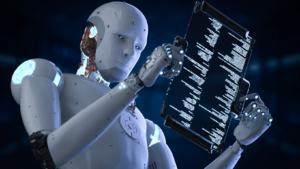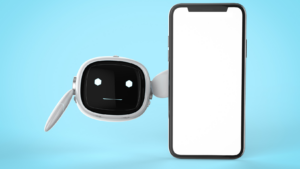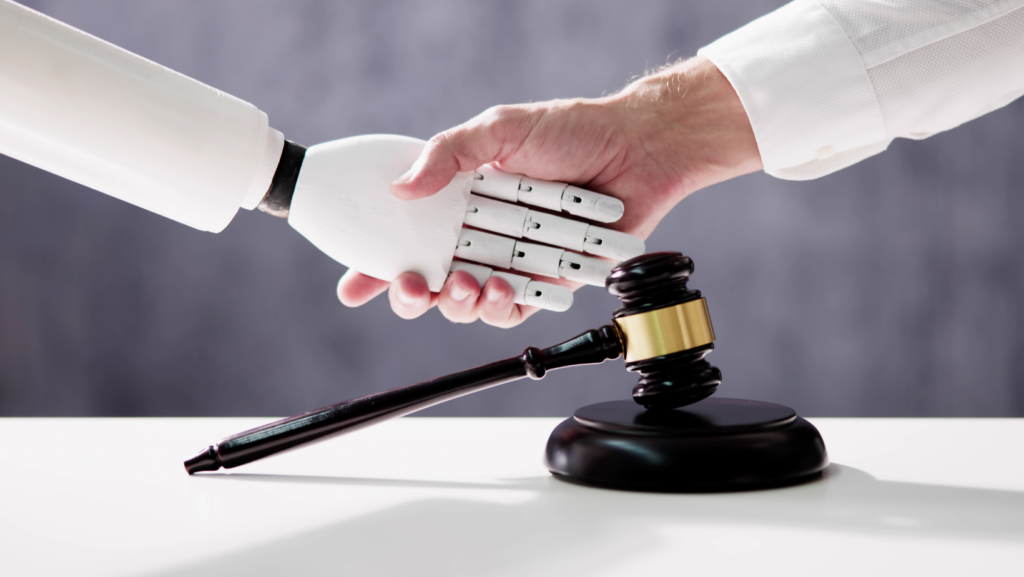In the ever-evolving landscape of technology, ethics of AI art emerges as a fascinating yet controversial frontier. As algorithms and neural networks craft intricate pieces, the line between human creativity and machine-generated art blurs, sparking debates about authenticity and originality. With AI’s growing influence in the art world, questions about ethical considerations become more pressing.
Artists and technologists grapple with issues like authorship, intellectual property, and the potential devaluation of human artistry. While some view ethics of AI art as a tool that enhances creativity, others worry it may overshadow traditional artists. The ethical implications of AI art extend beyond creation, challenging society to rethink the value and definition of art itself.
Navigating this complex terrain requires a balance between embracing technological advancements and preserving the essence of human creativity. As AI continues to redefine artistic boundaries, understanding its ethical dimensions is crucial for shaping a future where technology and artistry coexist harmoniously.
Ethics of AI Art

Ethics of AI art represents a fascinating intersection of technology and creativity. Algorithms process vast amounts of data to create visual content that mimics various artistic styles. AI’s role in art creation challenges traditional notions of artistry and craftsmanship. Instead of relying solely on human skills, AI uses pattern recognition and machine learning to produce unique pieces.
AI-generated art has gained attention for its ability to replicate existing styles and create new ones. It serves as a tool that can extend the creative capabilities of artists by offering novel perspectives and innovative techniques. As AI continues to evolve, it not only replicates but also interprets artistic concepts, pushing the boundaries of what is considered art.
Ethical Concerns in AI Art
AI art raises significant ethical questions, especially as it intersects with creativity and technology. These concerns revolve around legal rights, originality, and its effects on human creators.
Copyright and Ownership Issues
AI-generated art challenges traditional copyright laws because machines, lacking legal status, cannot claim ownership. The question arises: who holds the rights to AI-created works? It’s often the developer or user of the AI system, yet this lacks universal consensus. For instance, the U.S. Copyright Office has ruled that works created without human authorship can’t receive copyright protection, complicating ownership claims (U.S. Copyright Office).
Authenticity and Originality

AI art blurs the lines between original work and reproduction, raising concerns about authenticity. When AI replicates styles or generates new ones, the originality of resulting pieces comes into question. This situation potentially diminishes the concept of an artist’s unique expression, as algorithms mimic patterns from vast art datasets. The Getty Research Institute suggests that understanding AI’s capabilities is crucial for accurately assessing the originality of these works.
Impact on Human Artists
The rise of AI art can overshadow human artists, affecting their livelihood and creative processes. While some embrace AI as a collaborative tool, others see it as competition, diminishing their audiences. For example, AI’s ability to rapidly produce artworks may lead to an oversaturated market, reducing the perceived value of human-created art. The Art Market 2023 Report illustrates shifts in buyer interest towards AI art forms, necessitating adaptation by traditional artists.
Societal Implications
AI art affects society in multifaceted ways, influencing cultural narratives, representation, and social equity. As AI technology continues to evolve, these societal implications necessitate careful consideration.
Cultural Sensitivity and Representation

AI-generated art impacts cultural representation by potentially perpetuating stereotypes. Algorithms trained on biased datasets risk misrepresenting cultures if unchecked. Examples of AI artworks using stereotypical cultural motifs show how these systems can inadvertently reinforce biases. Ensuring diverse datasets helps mitigate this risk, promoting balanced and nuanced cultural depictions. Moreover, involving cultural experts in AI art projects guides machines towards more accurate representations. Cultural sensitivity remains crucial to appreciating and preserving global artistic diversity.
Algorithmic Bias
Algorithmic bias presents significant challenges for AI art. When datasets contain inherent biases, the resulting art reflects and amplifies these prejudices. This bias becomes problematic, especially in works valued for objectivity. For instance, biased algorithms might ignore minority artistic styles, skewing representation. Addressing algorithmic bias involves critically examining input data and refining machine learning models to exclude prejudiced patterns. Transparent methodologies foster trust and reduce unintended negative impacts on society, promoting equitable creative expression.

